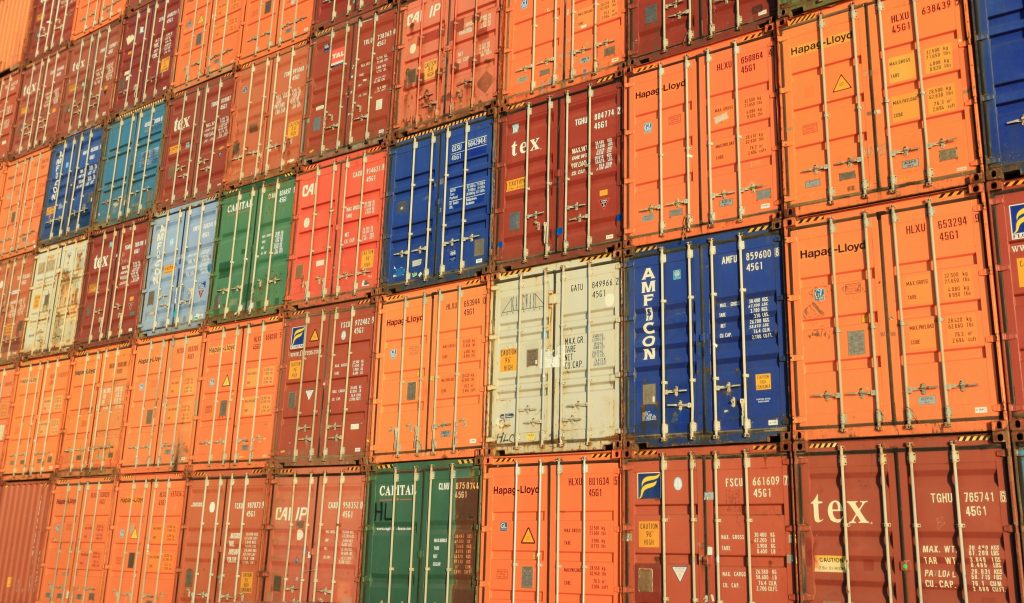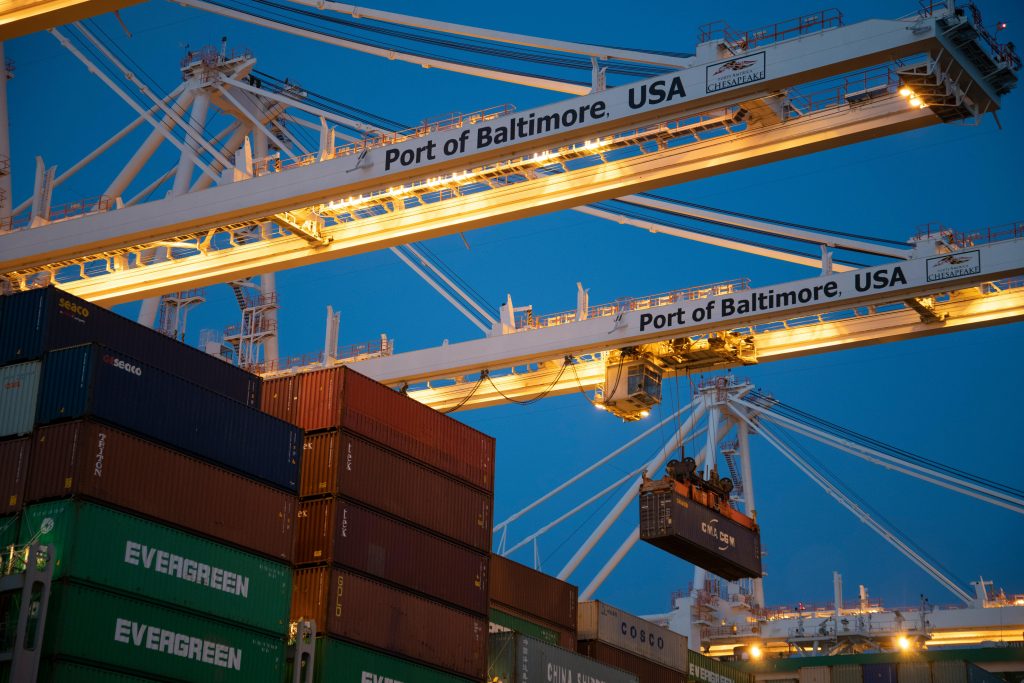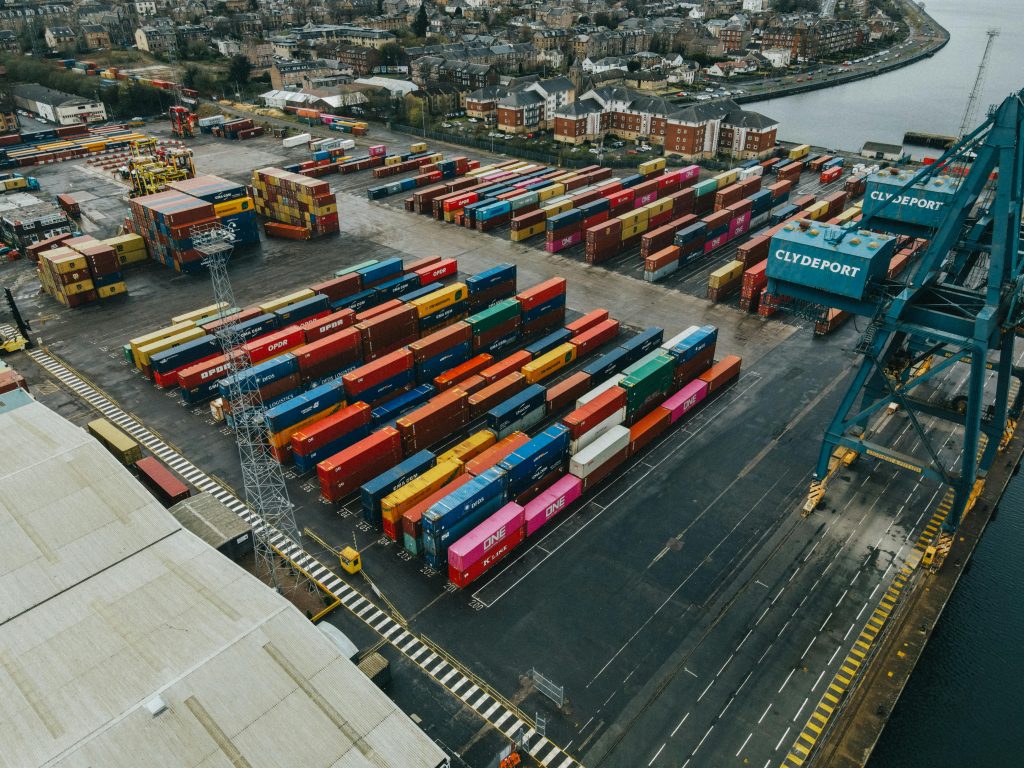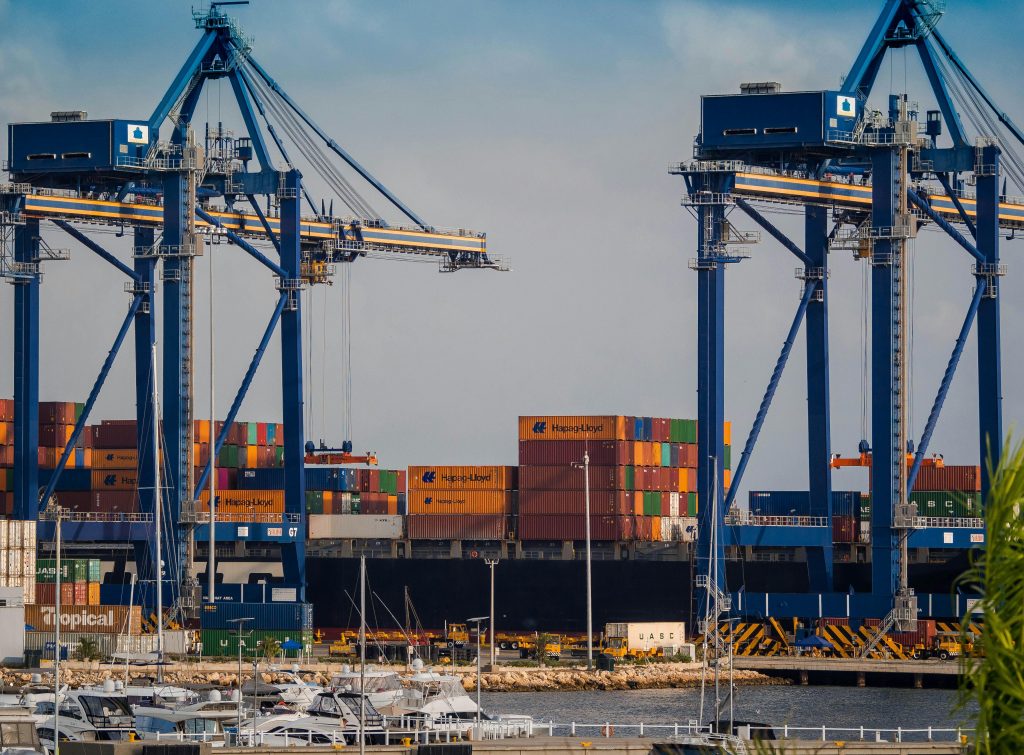Comprehensive Guide to Shipping Container Dimensions

Shipping Container Information Finder
Dimensions & Capacity
Technical Specifications
Common Uses
Additional Information
Standard Shipping Container Dimensions
Understanding the shipper container dimensions is crucial for optimizing cargo space and ensuring the safe and effective handling of shipments.
Shipping containers come in a variety of sizes, but the most common lengths are 20 feet and 40 feet. The standard width for these containers is 8 feet. Height can vary, with standard containers typically being 8 feet 6 inches high and “high cube” containers standing at 9 feet 6 inches.
Shipping containers come in a variety of sizes, but the most common lengths are 20 feet and 40 feet. The standard width for these containers is 8 feet. Height can vary, with standard containers typically being 8 feet 6 inches high and “high cube” containers standing at 9 feet 6 inches.
- 20-Foot Containers:
- Exterior Dimensions: 20′ x 8′ x 8’6″
- Interior Dimensions: Slightly smaller due to wall thickness.
- Common Uses: Ideal for transporting smaller loads and heavier goods due to their compact size.
- 40-Foot Containers:
- Exterior Dimensions: 40′ x 8′ x 8’6″
- Interior Dimensions: Similar reduction as the 20-foot containers.
- Common Uses: Widely used for a variety of goods due to their larger size.
- 40-Foot High Cube Containers:
- Exterior Dimensions: 40′ x 8′ x 9’6″
- Interior Dimensions: Offers an extra foot of height for increased capacity.
- Common Uses: Ideal for bulky and lightweight items that require additional space.
Detailed Shipping Container Dimensions Specification
Understanding the specific dimensions and capacities of freight containers is essential for maximizing efficiency and ensuring compatibility with various transportation methods.

- Standard Specifications:
- Length: 10, 20, 40 feet.
- Width: 8 feet.
- Height: 8’6″ or 9’6″ for high cube containers.
- Capacity: Measured in cubic meters or cubic feet.
- Weight Specifications:
- Tare Weight: The weight of the empty container.
- Gross Weight: The maximum weight of the container when loaded.
- Payload Capacity: The maximum weight of the cargo that can be safely loaded.
Container Cargo Loading Planner
Cargo List:
Container Usage:
Container Length and Width Explained
The dimensions of a container influence how goods are packed and shipped. Properly understanding these measurements ensures efficient use of space and adherence to shipping regulations.

Length:
- Impact on Shipping: Determines the number of items that can be loaded.
- Common Lengths: 20 feet and 40 feet.
Width:
- Standard Width: 8 feet.
- Impact on Loading: Ensures compatibility with transport vehicles and storage facilities.
Height:
- Standard Height: 8’6″.
- High Cube: 9’6″ for increased storage capacity.
Comprehensive Overview of Sea Container Specifications
Sea containers must meet stringent standards to withstand the rigors of maritime transport. These specifications ensure durability, security, and compatibility with global shipping infrastructures.
- Exterior and Interior Dimensions:
- Consistency: Standardized dimensions allow for easy stacking and efficient use of space.
- Interior: Slightly smaller to account for wall thickness, which impacts cargo space.
- Door Dimensions:
- Standard Door Opening: Typically around 7’8″ wide and 7’5″ high.
- High Cube Door Opening: Similar width but slightly taller to accommodate the increased height.
- Square Footage and Volume:
- Calculation: Important for planning cargo loads and maximizing efficiency.
- Typical Usage: Varies depending on the type and volume of goods being shipped.
FAQs about Shipping Container Dimensions
- What are the dimensions of a standard 20-foot container?
- Answer: Exterior dimensions are 20′ x 8′ x 8’6″. Interior dimensions are slightly smaller due to wall thickness.
- How does a high cube container differ from a standard container?
- Answer: A high cube container is one foot taller, offering an exterior height of 9’6″, which provides additional storage capacity.
- Why are interior dimensions smaller than exterior dimensions?
- Answer: The reduction in size is due to the thickness of the container walls, which impacts the usable internal space.
- What are the typical uses of a 40-foot container?
- Answer: Commonly used for transporting a variety of goods due to its large size, making it versatile for different types of cargo.
- How important are accurate container measurements in shipping?
- Answer: Accurate measurements are crucial for optimizing cargo space, ensuring safety, and complying with shipping regulations.

International shipping can be used to transport conventional cargo as well as containerized cargo in shipping container. Containerization has played an important part in the development of international trade as it allows standardization and easy intermodal transport for imports and exports across the world. A number of shipping container are used today depending on the type of cargo.
There are over 17 million containers in varying types and dimensions in use across the globe, making container shipping the most efficient transportation method. These shipping containers are certified by ISO and brought into use if manufactured and tested according to the ISO specifications. This ensures that goods they carry are suitable for multiple modes of transport such as Ocean freight and Ground.
Today, we discuss the primary shipping container dimensions. They are usually manufactured out of steel or aluminum, making them ideal for use for dry as well as packaged cargo.
20 FT. shipping container dimensions
It is a standard ISO container used by ships of different sizes, small as well as big. The most popular type of container in use, 20 ft. container has dimensions:
Length – 6.06 m
Width – 2.44 m
Height – 2.59 m
This container can carry a gross weight of 67200 lbs/ 30480 kg for general purpose and up to 99,207 lbs (45,000 kg) for flatracks. The payload capacity of a 20 ft. Reefer container is 27,400 kg.
40 FT. shipping container dimensions
The volume of a 40 ft. container is double as compared to that of a 20 ft. container. However, it costs 15 to 25 percent more than the 20 ft. container. This makes 40 ft. container the most cost-efficient method of container shipping. The dimensions are:
Length – 12.19 m
Width – 2.44 m
Height – 2.59 m
High Cube Height – 2.9 m
A 40 ft. container can carry a maximum weight of 67200 lbs/ 30480 kg for general purpose containers, 123,276 lbs/ 60,000 kg for flatracks and up to 77,161 lbs/ 35000 kg for reefer containers. Container shipping generally uses a ‘dry van’ container like 20 ft. or 40 ft. containers. The difference is only that the 20 ft. is 6 meters long while 40 ft. is 12 meters long.
Other types of containers like 40 feet high cube container are about 10 inches taller. Others are specialist containers such as flat rack and open top opening at the sides and top. The 20 and 40 ft. wide pallet containers are much like the standard ones but a little wider. While flat rack containers are available with or without sides and used for over-dimensional cargo, open top containers allow loading over weight cargo and can be easily loaded by crane.
45 FT. Shipping Container Dimensions
Offering a higher cubic feet capacity as compared to 40 feet container, a 45 ft. container gives additional valuable space to the shipper resulting in potentially lower cost of transportation and efficient transportation. Its dimensions are:
Length – 13.71 m
Width – 2.44 m
Standard Height – 2.59 m
High Cube Height – 2.89 m
The payload capacity of this container is similar to that of a 40 feet container. Refrigerated or reefer containers exist for the international shipping of perishable goods. Such containers can maintain temperatures from -18 to 10 degrees depending on whether power is available or not.
The costs for using such containers differ on the basis of whether the reefer container is always connected to the power or they can go without power when picking up and delivering the goods. Refrigerated containers can be set to a required temperature for the travel. They are generally used for food and dairy products.
The above-mentioned specifications represent commonly used shipping containers. Exact container dimensions and capacity can vary depending on the manufacturer, age of the container and owner.
Shipping Container Markings
The standard for marking, identification and coding of containers is DIN EN ISO 6346.
Below are the markings provided for an ISO container:
Container Number
The main identification marking displayed on a container’s end door suggests different details about the container. The container number contains seven numbers with four letters assigned by the ISO for identification of containers for owners. This number is unique for each container.
For example, the container number is:
ABCD 123456 7
Here, ABC denotes the code of the container owner
The fourth letter D suggests the container category
123456 is the serial number of the container
The last number, 7 is a validation of whether the owner code and registration number are transmitted accurately.
Container Owner’s Logo
The logo or name of the container vendor or shipping line is displayed on the end door.
ISO Code
The ISO container code is marked below the identification number and suggests the type of container and the size. For example, the container ISO code is 45 GO, it denotes 40 feet container of general purpose type.
Weights & Payload
Details of container weight as well as cargo weight are marked in the end door.
Approved Classification Society Label
A container, before using for cargo transfer, is tested for ISO standards compliance and seaworthiness by an authorized classification society. The end door also contains the label of the container class.
Cube or Volume
The end door of the container marks the volume or cubic capacity of the container.
Warning and Operational Signs
Depending on the type of container and the cargo it carries, the container can carry various warning signs and labels.
Container Certifications
Various certificates acquired by the container are shown using plates. Some of these certifications are:
CSC Plate – The full form of CSC is Container Safety Convention and this plate shows the ISO container has been tested and inspected by authorities.
ACEP – Approved Continuous Examination Programme is a safety program designed for shipping containers which requires undergoing a detailed inspection every 30 months of service.
Any business or individual looking for transporting cargo through shipping containers should have the basic understanding of container dimensions, signals, symbols and signs in the cargo containers. Do not confuse portable storage container with shipping container that are more durable. You can give suggestions and share your thoughts in the comments section below.
Conclusion
Understanding the dimensions and specifications of shipping containers is fundamental for optimizing logistics operations. By leveraging this knowledge, businesses can ensure efficient use of space, adherence to regulations, and safe transportation of goods.
Linbis Integration
Introduction: Linbis offers advanced logistics software solutions tailored to the needs of freight forwarders, importers, and exporters. Our software helps streamline operations, improve efficiency, and provide real-time visibility into logistics processes.
How Linbis Helps Freight Forwarders:
- Freight Management: Efficiently track and manage shipments.
- Documentation Automation: Simplify the creation and handling of necessary shipping documents.
- Notification System: Keep clients informed with automated shipment status updates.
How Linbis Helps Importers/Exporters:
- Inventory Management: Maintain optimal inventory levels.
- Shipping Coordination: Seamlessly coordinate and optimize shipping operations.
- Supply Chain Visibility: Gain comprehensive insights into your supply chain.
By utilizing Linbis logistics software, businesses can enhance their shipping processes, ensuring that they meet industry standards and optimize their operations for maximum efficiency.
